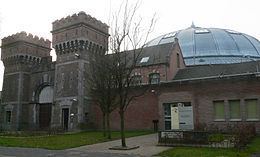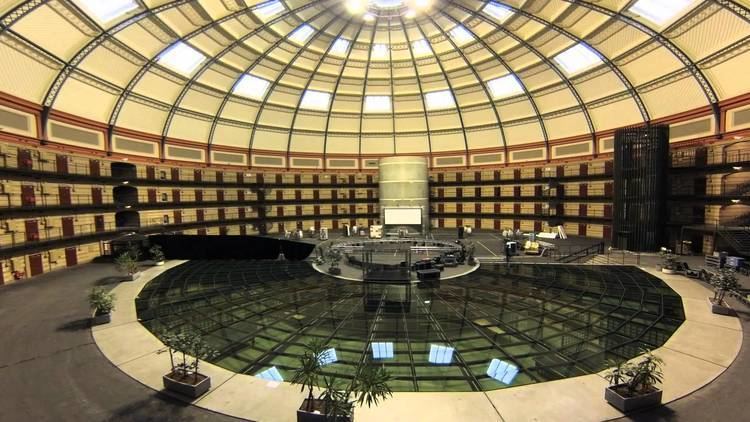 | ||
The Koepelgevangenis is a former prison in Breda, Netherlands, constructed in 1886, best known as the prison where convicted World War II collaborators were held captive.
Contents

History

The Koepelgevangenis was built from 1882 to 1886, having been designed by Johan Frederik Metzelaar, who also designed a similar prison at Arnhem. The prison was constructed as a panopticon, as invented in 1791 by Jeremy Bentham. This allowed the guards to continuously watch the prisoners from the centre of the building.

The Koepelgevangenis complex was designated a national monument in 2001 and housed a women's prison until 2013. The women were transferred to the Ter Peel institution in Horst aan de Maas. In that year, it was announced that the entire prison would be closed due to budget cutbacks. The first department was closed in 2014 and the entire complex closed its doors at the start of 2016.
Layout
The complex consists of:



